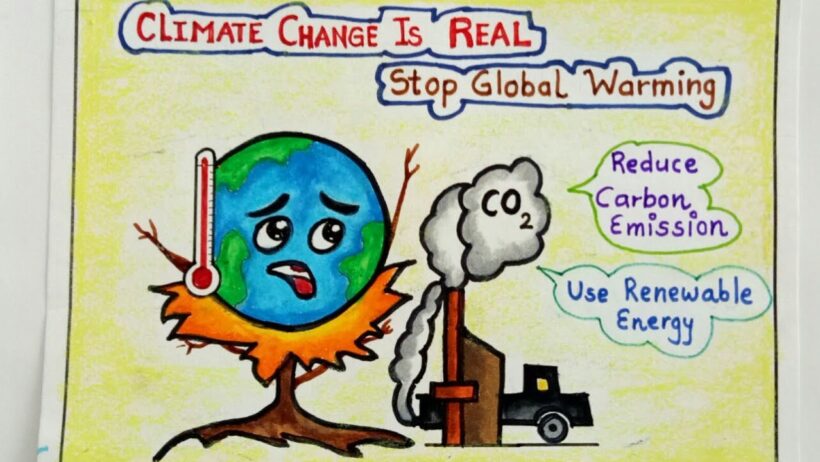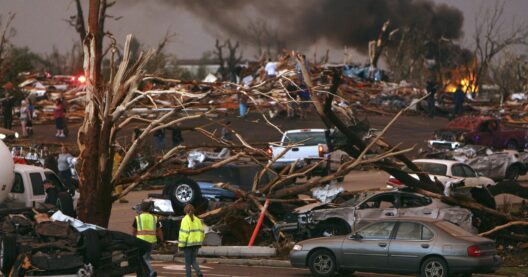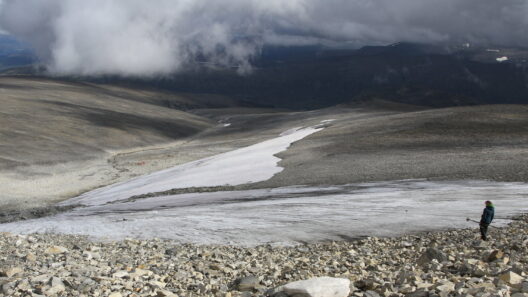Global warming is one of the most consequential challenges facing humanity today. As the temperature of our planet continues to rise, the consequences reverberate through ecosystems, economies, and societies. The media has a pivotal role in addressing this crisis. By effectively communicating the realities of climate change, the media can engender a more informed public, promote actionable solutions, and inspire change. In this discourse, we will explore various types of media content that can effectively combat global warming, underscoring the breadth and depth of communication necessary for an impactful response.
Firstly, traditional journalism serves as a cornerstone in the fight against climate change. Investigative journalism, in particular, has the power to unveil the often-hidden narratives surrounding environmental degradation. Through long-form articles, in-depth reports, and feature stories, journalists can bring to light the significant impacts of climate change on various communities. By spotlighting personal stories from those affected by rising sea levels or erratic weather patterns, this form of storytelling cultivates empathy and illustrates the human cost of environmental negligence. It is essential that this type of journalism employs robust data and expert opinions, ensuring that readers receive a comprehensive understanding of scientific consensus and the urgency of the situation.
Moreover, the evolving landscape of digital media offers innovative platforms for environmental advocacy. Social media, for instance, provides an arena for both grassroots initiatives and large-scale movements. Hashtags such as #FridaysForFuture or #ClimateStrike have galvanized millions, symbolizing a collective demand for action. Infographics, short videos, and shareable memes transform complex climate data into digestible bites of information, tailored for rapid consumption by an engaged audience. This phenomenon is particularly effective among younger demographics, who are adept at utilizing social platforms to mobilize action and share information. Consequently, digital media plays an instrumental role in democratizing access to climate discourse, allowing diverse voices to contribute to the conversation.
Additionally, podcasts and web series are burgeoning forms of content that can facilitate deeper exploration of climate topics. Simplistically, these audio and visual narratives can delve into the nuances of global warming, dissecting intricate issues such as carbon footprints, renewable energy technologies, and climate policy. By featuring interviews with climatologists, environmentalists, and policy-makers, these formats allow for a nuanced discussion that transcends surface-level understandings. They can also weave in aspects of hope and innovation, showcasing success stories and breakthroughs in sustainability. This comprehensive approach not only informs but also encourages listeners to engage with potential solutions.
Educational content, particularly aimed at youth, offers another avenue for climate communication. School programs, interactive workshops, and informational videos tailored to children can instill a sense of environmental stewardship from an early age. By fostering an awareness of climate issues, young individuals are more likely to adopt sustainable practices and advocate for systemic change as they grow. Content aimed at educators, including teaching resources that integrate environmental science into various curricula, can amplify this impact. Involving students in hands-on projects, such as tree planting or local cleanup efforts, can further cement their commitment to combating climate change.
News and editorial commentary also play pivotal roles by framing the discourse around climate policy and legislation. Columns and op-eds can provoke critical conversations about the necessary political measures to combat global warming, including carbon taxes, international agreements, and green technology investments. Moreover, balancing optimism with realism is essential. While it is imperative to highlight the dire consequences of inaction, it is equally important to discuss the strides being made in renewable energy and sustainability practices. By creating a well-rounded narrative, journalists and commentators encourage civic engagement and inspire constituents to advocate for greener policies.
Visual storytelling is another potent tool in the media’s arsenal. Documentaries and photojournalism capture the stark realities of climate change, often in visceral and emotional terms. They convey the beauty of nature and the atrocity of its decline, invoking a more profound emotional response than statistics alone may elicit. High-impact visual content can spur outrage and a call to action, prompting viewers to reconsider their personal habits and societal structures. Platforms like YouTube and streaming services present ample opportunities for distribution, allowing impactful stories to reach a global audience.
Lastly, collaboration within the media landscape amplifies the fight against climate change. Partnerships between news organizations, non-profits, scientists, and community activists can forge new pathways for disseminating information. Joint initiatives, such as climate summits and conferences, draw attention to pressing environmental issues, offering a platform for dialogue and innovation. By fostering an interconnected ecosystem of environmental communication, media entities can create synergies that enhance effectiveness and reach.
In conclusion, the mission of the media in combating global warming is multifaceted, encompassing traditional journalism, digital platforms, educational content, and collaborative efforts. Each form of communication possesses a unique ability to inform, inspire, and mobilize communities to confront climate change head-on. As we strive toward a sustainable future, harnessing the media’s power to communicate the urgency and complexity of global warming will be paramount. Only through a concerted effort to disseminate knowledge and foster engagement can we hope to forge a path toward a healthier planet for future generations.







